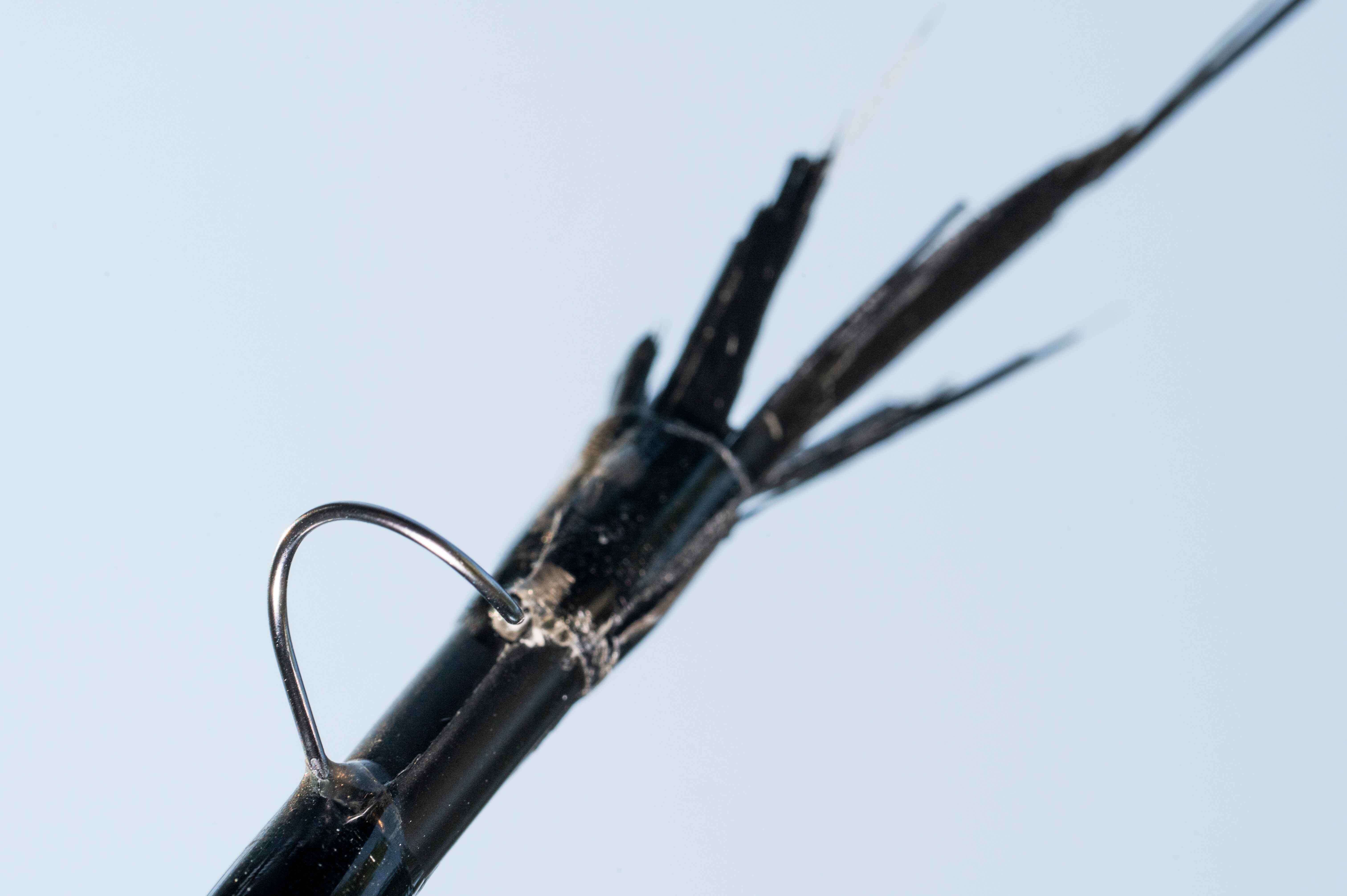Gulf Menhaden Bycatch Study Offers Fish Mortality Insights

Gulf Menhaden Bycatch Study Offers Fish Mortality Insights
A 2024 study on bycatch in the industrial Gulf menhaden fishery indicates that approximately 22,000 breeding-size redfish, tens of millions of non-target forage fish and scores of other species were killed by the industry off Louisiana’s coast last season. The study findings, presented by researchers today to the Louisiana Wildlife and Fisheries Commission, revealed that 45 or more species, including black drum, seatrout and cownose rays, were observed and counted in pogy boat nets.
Also of note, the study estimated approximately 81 million croaker and 25 million sand seatrout, known by local anglers as “white trout,” were killed and retained by the Gulf menhaden reduction industry in 2024. Both species are targeted by recreational anglers and serve as important “forage,” or a food source, for a host of sportfish and other wildlife.
Recreational angling in Louisiana provides $3.7 billion annually in economic contributions. A large portion of that is due to redfish, as one of the most targeted recreational species in the state and its only saltwater gamefish.
“This very thorough examination of the pogy industry is the best science gathered to date on the effects of the extensive industrial fishing on fish like redfish, black drum, white trout, croaker and many other important gamefish and sportfish and the food they eat,” said Chris Macaluso, director of the Center for Fisheries and Mississippi River Programs for the Theodore Roosevelt Conservation Partnership and a life-long, avid Louisiana angler. “The results are concerning, especially given the efforts underway for the last year to make Louisiana’s redfish population healthier by ending the recreational harvest of large, breeding size redfish. Louisiana’s sportsmen and other conservation advocates applaud the Louisiana legislators, Louisiana Department of Wildlife and Fisheries staff, the Gulf States Marine Fisheries Commission and the researchers who conducted the study for ensuring it was a rigorous and thorough effort and for being transparent with the results.”
The study, funded by the Louisiana Legislature in 2022, administered by the Gulf States Marine Fisheries Commission, and conducted by LGL Ecological Research Associates, Inc., during the 2024 fishing season, was designed to determine the scale of impacts that the Gulf menhaden fishery has on non-targeted species that eat and live in the same waters as menhaden–a small, abundant baitfish also known as pogies–such as redfish and speckled trout. Specifically, researchers assessed how many non-target species, known as bycatch, were killed after they were netted while feeding on menhaden schools or simply due to swimming among pogy schools.
The study focused on the 2024 menhaden fishing season, during which the reduction industry made 13,144 nets sets, a relatively low number when compared to the average number of sets made by the industry in recent years. Researchers gathered samples from just over 3 percent of sets made (418 of the 13,144 sets). They also used a combination of direct observation and cameras to view the entire pogy fishing process. They counted the number of predator and other species caught as bycatch in nets and recorded which of those continued through the harvesting process, which includes suctioning fish out of the net, through a chute, and into the ship’s hold. The team determined bycatch mortality rates by holding experiments and dart-tagging surviving fish that were released alive from the nets.
Redfish bycatch data has been of particular interest to recreational angling and charter boat operators due to restrictions in place for the past year. Anglers have been prohibited from harvesting bull redfish, or individuals over 27 inches in length, since June of 2024 to help rebuild declining redfish populations. Louisiana’s redfish slot limit was tightened and the creel limit reduced from five to four fish as well.
“This close examination of industrial menhaden fishing has been desperately needed to help understand the full extent of redfish and forage fish mortality,” said Richard Fischer, CEO for the Louisiana Charter Boat Association. ‘Charter captains’ conflicts with the menhaden purse seining boats aren’t just about places to fish but also the redfish and other sportfish and forage fish being killed, which our members, unfortunately, often see firsthand. The number of redfish killed annually is especially concerning since recreational fishermen have seen limits reduced and have ended the harvest of breeding-sized redfish in Louisiana to help strengthen redfish populations. The Louisiana Charter Boat Association thanks the Louisiana Legislature, the Gulf States Marine Fisheries Commission, and LGL Ecological Research Associates for supporting and conducting this thorough study.”
Of the 3.2 percent of total sets that were observed throughout the 2024 season, 865 redfish were caught as bycatch but remained inside the net and were later released, or “rolled over” with approximately 17 percent of them dying as a result of being trapped in the net. An additional 671 redfish were extracted from the water during the suctioning process and ran through a chute designed to separate larger bycatch. Approximately 98 percent of these “chute bycatch” fish did not survive.
For reference, “rollover bycatch” refers to non-target fish that remain in the water in the seine net after the main catch is pumped out, and before the net is opened for them to swim away. Generally, these fish are too large to be sucked into the hose. “Chute bycatch” refers to non-target fish that have been extracted from the net via a suction hose, sent up a chute and are then separated from the main catch by a large grate and released back into the water before they would end up in the hold. Generally, these fish are too large to pass through the grate. “Retained bycatch” refers to non-target fish that pass through the grate and end up in the hold along with the main catch; these fish experience 100 percent mortality.
An overview of the bycatch study findings can be viewed here.
More information about the ecological and recreational importance of Gulf menhaden is available on TRCP’s Forage Fish Recovery Page.
.svg)








